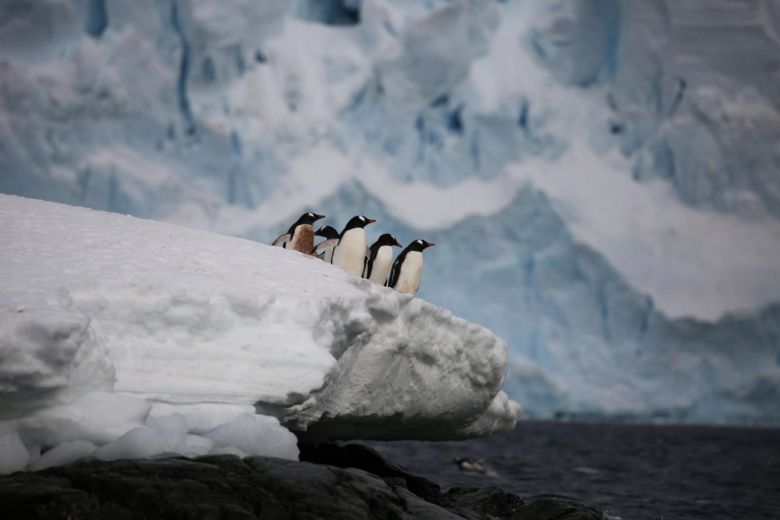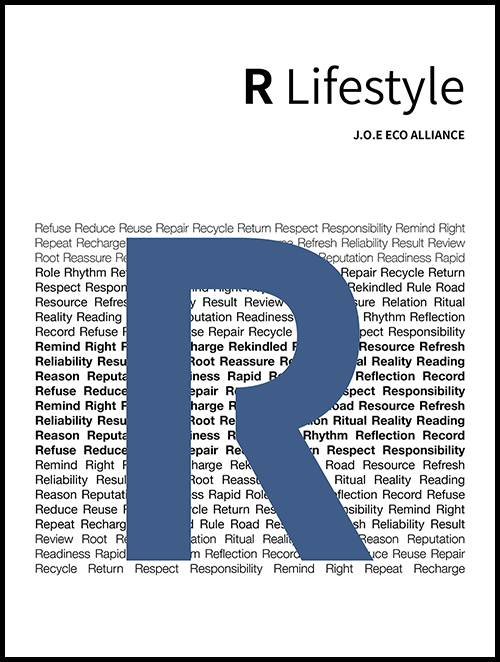研究指出,南极洲海冰面积在数十年来不停扩大,原因不明后,在仅仅数年内消融的面积是法国的4倍多,如今海冰面积创新低。
在1979至2014年间,科学家观察到一个有趣且令人松口气的现象,那就是南极洲海冰面积正在扩大。
但美国国家航空暨太空总署(NASA)气候学家巴金生(Claire Parkinson)表示,自2014至2017年,南极融化的海冰几乎与北极一样多,面积缩水至近40年来新低。
南极洲海冰面积自1280万平方公里缩减了200万平方公里,但原因仍不清楚。
巴金生表示:“南极洲海冰面积在2014年创下40年新高,到2017年一路缩水至40年新低。”巴金生的研究结果发表于“美国国家科学院学报”(PNAS)。
研究团队分析了这段期间美国国家航空暨太空总署和军方卫星的微波测量,以建立至今关于海冰面积的最精确描绘,但仅为涵盖面积,而非冰层厚度。
南极洲先前面积扩大及当前缩减的原因都仍不清楚。
WASHINGTON (AFP) – After mysteriously expanding for decades, Antarctica’s sea ice cover melted by an area four times greater than France in just a few years and now stands at a record low, according to a study published on Monday (July 1).
Scientists already knew Antarctica was thawing at an increasing rate, like the Arctic, because of accelerating discharge from glaciers, the rivers of ice that push up slowly against the shore.
But between 1979 and 2014, they observed a phenomenon that was both intriguing and reassuring: the sea ice cover was expanding.
From 2014 to 2017, however, “the Antarctic lost almost as much as the Arctic” over almost 40 years, NASA climatologist Claire Parkinson told Agence France-Presse, and the trend has continued ever since.
From a peak area of 12.8 million square kilometres, the sea ice cover receded two million square kilometers for reasons that remain unknown.
“It went from its 40-year high in 2014, all the way down in 2017 to its 40-year low,” said Parkinson, whose findings were published in the Proceedings of the National Academy of Sciences (PNAS).
The team analysed microwave measurements from NASA and military satellites over the period to build up the most precise picture to date of the historic sea ice cover, measuring only area but not thickness.
Neither the reason for the earlier expansion nor the current decline are well understood.
Competing hypotheses exist, pinning the changes on everything from the hole in the ozone layer to shifting winds and ocean currents, but it’s far from clear cut.
“None of the hypotheses are good in my opinion,” said Douglas Martinson, an oceanographer from Columbia University, one of the paper’s peer reviewers.
But he cautioned against trying to apply findings from the Arctic to the Antarctic, saying it would be “like comparing apples to army trucks.”
The Arctic is an ocean surrounded by land, while Antarctica is a continent surrounded by oceans, where icebergs are less constrained.
While parts of western Antarctica are warming, the continent remains the coldest place on Earth, as well as its largest source of freshwater.
Its mountains are covered in ice are capable of raising the level of the oceans by 57 meters, according to a 2013 study.
Chris Rapley, a climate scientist from the University College of London, said the previous gains did not in any way undermine the thesis of global warming.
“It simply demonstrates that in a complex, interconnected system, counter-intuitive outcomes can occur – at least for a while.
“We have a tendency to seek simplistic explanations of cause and effect, when in reality the situation is much more complicated and nuanced.”
Source: Zaobao / The Straits Times








